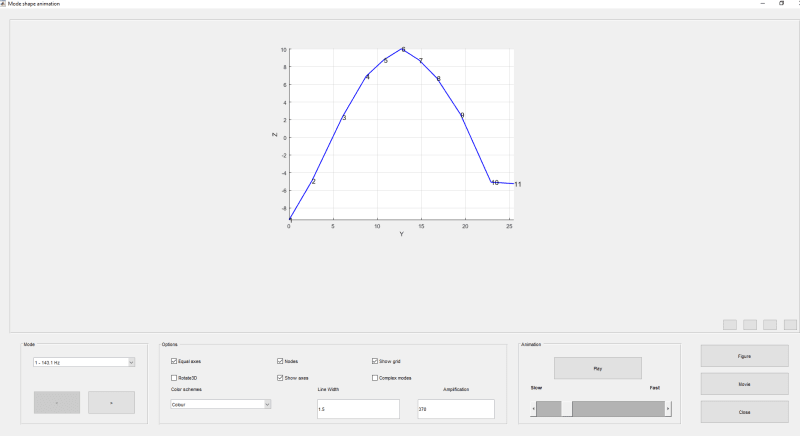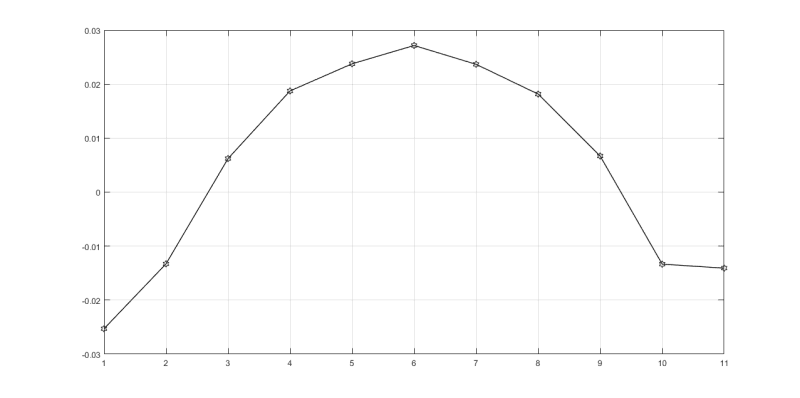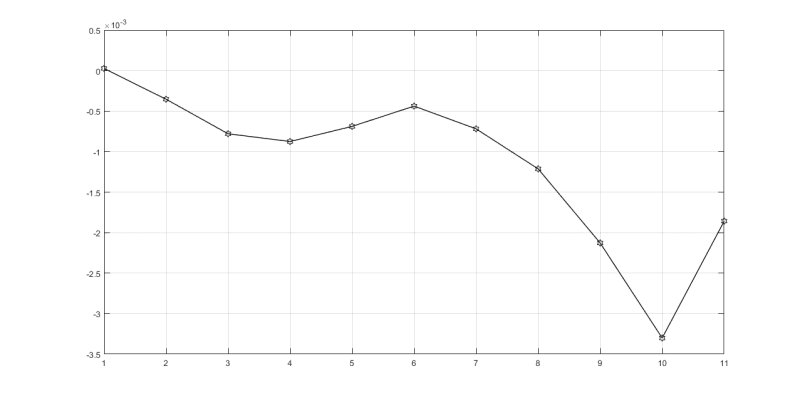Dear all,
I am using Matlab Toolbox MACEC 3.3 for EMA of a railway sleeper (both concrete and timber).
The resulting mode shapes I obtain are unity scaled modal mass mode shapes and they appear as complex numbers. For each mode calculated I also have information about Modal phase collinearities and Mean phases and mean phase deviations.
My question is following: How can I plot the mode shapes if they appear as complex numbers?
Many thanks,
Emina
Emina B.
I am using Matlab Toolbox MACEC 3.3 for EMA of a railway sleeper (both concrete and timber).
The resulting mode shapes I obtain are unity scaled modal mass mode shapes and they appear as complex numbers. For each mode calculated I also have information about Modal phase collinearities and Mean phases and mean phase deviations.
My question is following: How can I plot the mode shapes if they appear as complex numbers?
Many thanks,
Emina
Emina B.



